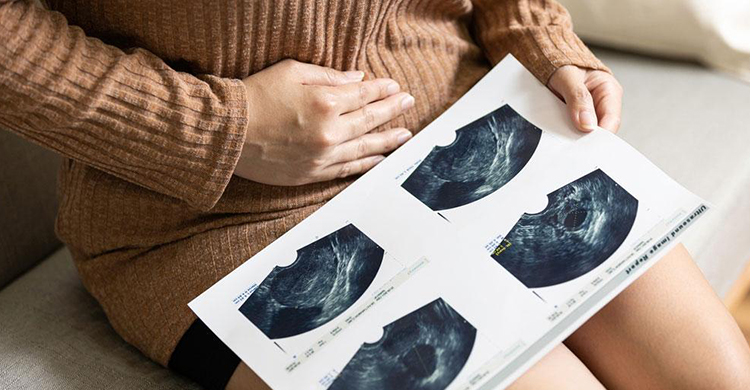
Vaginal cysts are closed sacs of liquid, pus, or air that develop on or beneath the vaginal lining. Vaginal cysts can take on a variety of forms. These can be brought on by benign (noncancerous) vaginal tumors, fluid accumulation in your glands, or injuries sustained after childbirth.
Typically, vaginal cysts don't manifest any symptoms. You could feel a little bump on your lips or along the vaginal wall if you have one of these cysts. The cyst might either remain the same size or enlarge. It shouldn't hurt to have the cyst. However, certain bigger cysts, particularly those in the Bartholin's gland, might be uncomfortable when you move, engage in sexual activity, or use a tampon.
When cysts get infected, they are more likely to hurt. Normal skin bacteria or a sexually transmitted illness can cause vaginal cysts to become infected. Vaginal cysts that are infected can become an abscess, a pus-filled mass that can be excruciatingly painful.
Vaginal cysts often develop when a blocked gland or duct allows fluids or another substance to accumulate inside. The kind of vaginal cyst determines its cause.
Injury to the vaginal walls is the main cause of inclusion cysts. Women may develop an inclusion cyst, for instance, following an episiotomy (a surgical cut used to widen the vaginal entrance during delivery) or following procedures that harm the vaginal lining.
During routine checks, vaginal cysts should be checked for growth or changes in appearance. Your doctor could advise having the cyst surgically removed if it becomes bigger or starts to cause serious symptoms. Your doctor might suggest antibiotics if the cyst results in an infection or abscess.